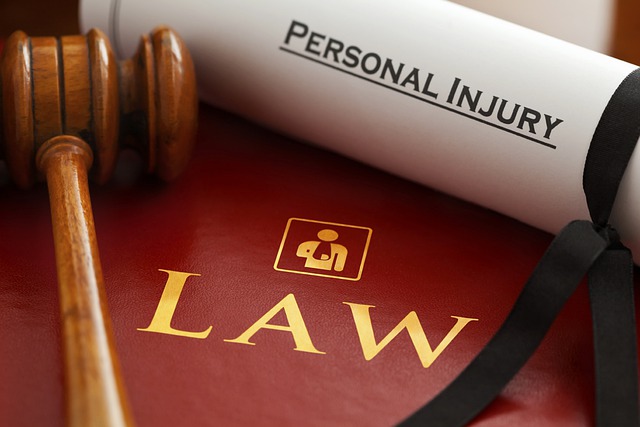
You probably have seen personal injury lawyer ads on TV, social media, billboards, the internet, or print media but have never paid attention to them. But if you have never needed help with any legal issue, you may not understand how personal injury law works.
If this describes you, worry not, as this guide takes an in-depth look at personal injury law and can be a helpful resource for you if you have suffered an injury and are not sure what steps to take.
What Is Personal Injury Law?
As the name suggests, personal injury is an injury suffered by a person. It involves both physical and emotional injuries as well as damage to one’s reputation.
Personal injury law is the part of tort law that protects an injured party in an accident resulting from another person’s action or inaction. If the at-fault party admits liability (or if the injured person succeeds in their lawsuit), the victim can recover compensation for economic, non-economic, and punitive damages.
Winning a case is easier said than done. So if you hope to settle a personal injury claim and recover fair compensation for injuries, consider getting a lawyer.
Causes of Personal Injury
Personal injury claims can arise on three main grounds:
- Negligence
Most personal injury claims are a result of another person’s negligence. Negligence can be actions or inactions of the at-fault party. For example, when a medical professional fails to take steps fast enough to save a life, their inaction can be considered negligence which would mean they may be liable for the death.
On the other hand, if the doctor makes a surgical error that results in death or injury, their action would be considered negligent if they fall short of the professional standards.
For a person to be held liable for an injury, the claimant must prove four elements of negligence, including:
- Duty of care. Duty of care refers to the legal obligation of the defendant to protect the claimant. For example, a driver owes other road users a duty of care and is thus expected to operate their vehicle in a manner that doesn’t put other drivers in danger.
- Breach of duty: A breach of duty of care occurs when the defendant fails to do what another reasonable person would do under similar circumstances.
- Cause in fact. Cause in fact, refers to the events that transpire as a result of the breach of duty, for example, when a speeding driver causes an accident.
- Harm: The accident resulting from a breach of duty must result in harm. If all the elements mentioned above are present but no harm results from them, the defendant doesn’t have liability.
- Strict Liability
Under strict liability, the defendant is responsible for an accident that causes harm to the complainant even when they may not have been intentional or negligent in their conduct. For example, if a heart pacer malfunctions, its maker will be liable under product liability even when the cause of the malfunction is not negligence.
- Intentional Tort
If you suffer harm from the intentional conduct of another person, they will be liable for the damages you suffer. Common intentional torts include physical and sexual assault, battery, false imprisonment, and intentionally inflicting emotional distress.
Time Limitations
The right to sue a personal injury lawsuit doesn’t extend indefinitely. Every state has a statute of limitation stipulating the time window to file a claim. After the statute of limitations expires, a claimant loses their right to sue.
Also, there is a limitation on the time you should report an accident after it occurs. So, it is always best to involve a lawyer as soon as possible to ensure that you don’t miss a step that could compromise your ability to recover compensation.





